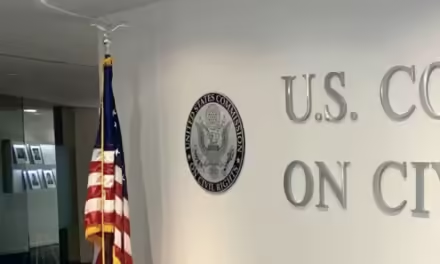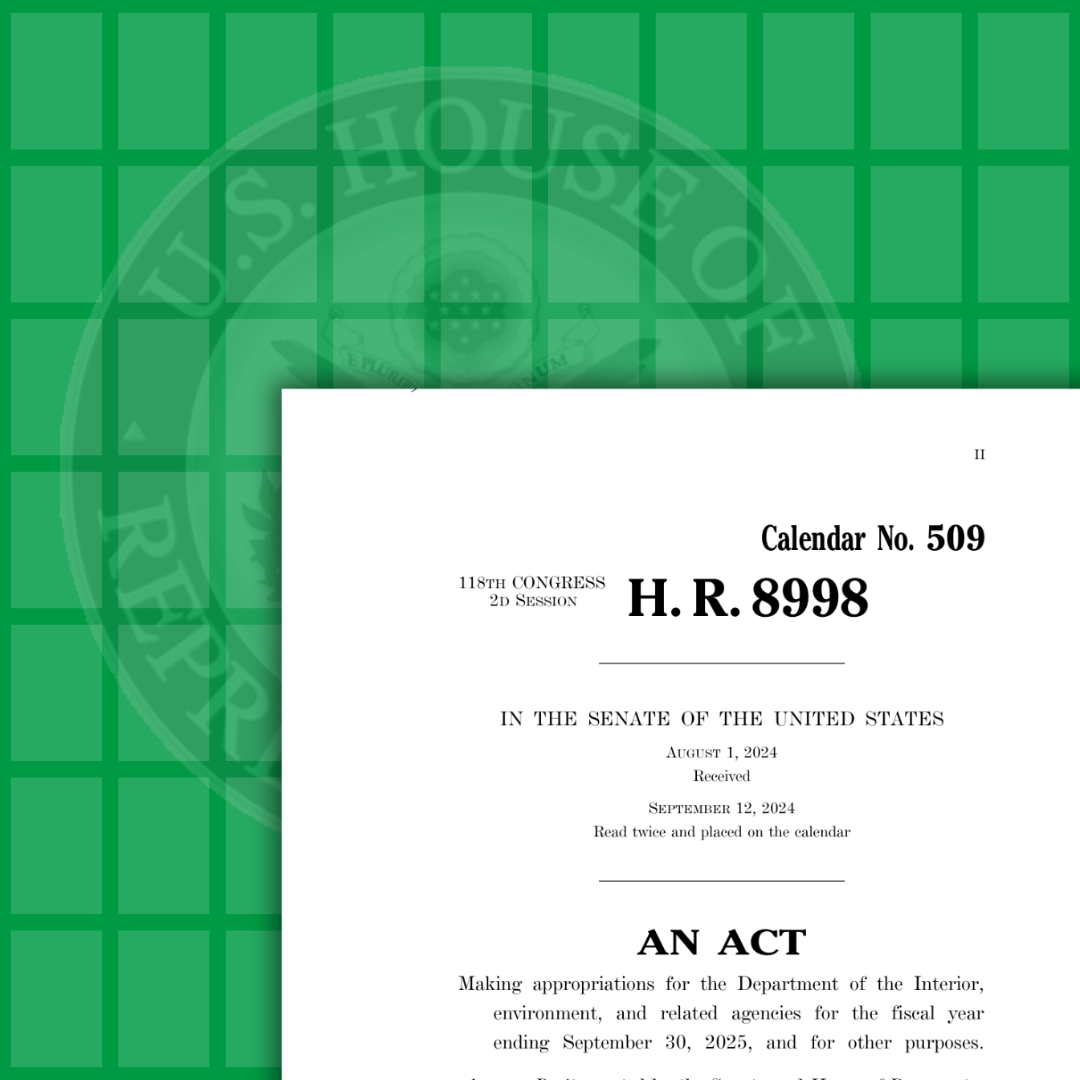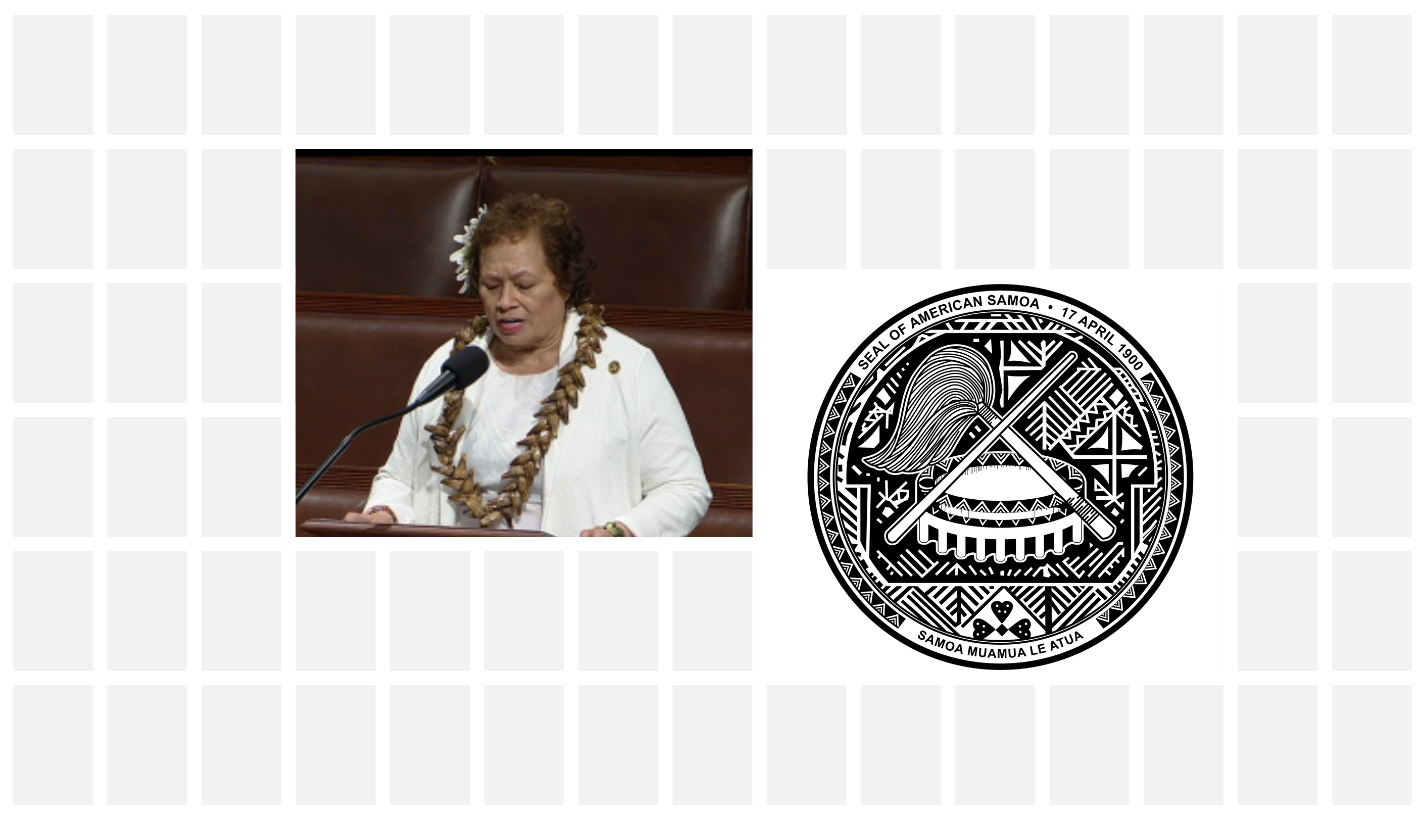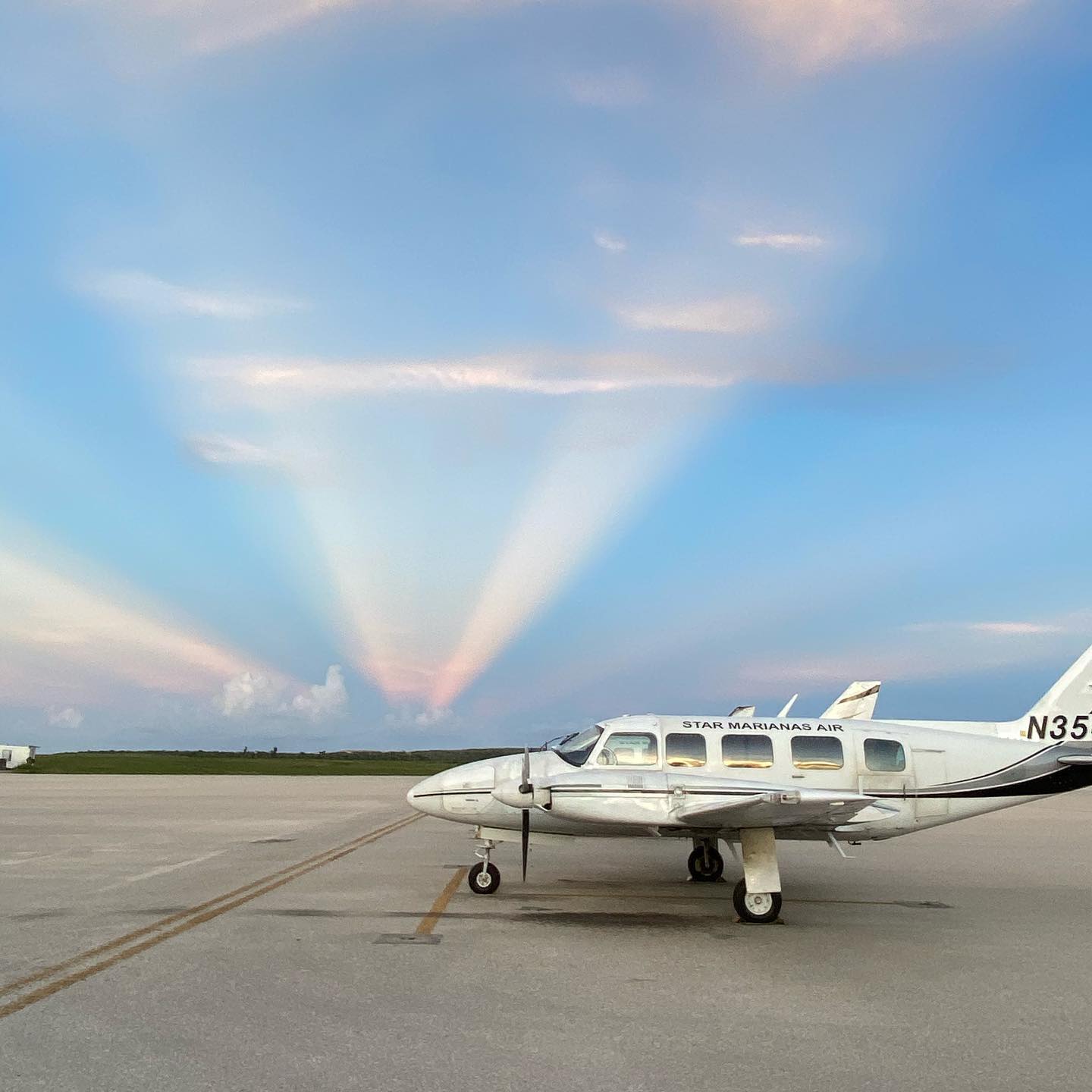The story of American territories has always been interspersed with, but often independent from, the problems and actions of the mainland. But over the past few years, the effects of climate change have become more pronounced, adding another axis upon which US territories’ have been disconnected from the federal government in spite of a common challenge.
The Northern Mariana Islands, similarly to other island territories, are uniquely threatened by the adverse effects of climate change. With global warming comes extreme weather events, coral reef degradation, and damage to coastal infrastructure, all of which threaten to undermine the CNMI’s economy. Such climate-related shocks are bad enough on their own, but they are compounded by the Northern Mariana Islands’ economic reliance on a tourism economy, which climate change may disrupt.
The commonwealth’s struggle with climate change is compounded by American corporate impunity and uneven legal enforcement. According to new research, “green crime,” or the violation of environmental laws, particularly by American businesses, pervades the territories. This misconduct stems, in some part, from the territories’ colonial legacy: citizens of the territories do not have the same full legal rights as mainland American citizens and thus are less able to win environmental justice in court. The combination of climate change on a macro scale, devastating territorial economies specifically, and the environmental neglect on a micro-scale in each territory has left the Northern Mariana Islands and other US territories struggling with climate change.
Yet the territories are slowly turning it around, thanks in large part to increased cooperation with the federal government, which has for so long neglected the territories’ environmental issues. In 2020, Representative Grijalva (D) of Arizona proposed a bill to deal with the territories crisis, recognizing that “US territories are facing sea level rise, more frequent and intense tropical storms, extreme temperatures, and serious public health risks because they’re on the front lines of the climate crisis.” His plan included increased funding for the territories’ battle against climate change, an Office of Insular Area Energy Policy and Programs, and a rebate program to dampen energy demand in the islands. The bill did not pass, but it inaugurated the increased attention of the federal government to the climate struggles of the territories. In March of 2023, the Northern Mariana Islands’ new governor Arnold Palacios (I), continued this trend. The American Environmental Protection Agency sent regional administration Martha Guzman to visit the commonwealth on behalf of the EPA’s new zero waste goal. Palacios announced the week of March 27 to be Zero Waste Week and promised the CNMI’s partnership with the EPA would be “vital to the beauty and quality of life of our people.” His commitment to the EPA’s initiatives, and the EPA’s willingness to cooperate with the long-neglected territories on the issue of global warming, symbolizes new hope for the territories’ environmental prospects. If the CNMI wants to preserve the economic stability of the islands and the lifestyle of the residents, stemming climate change will be vital, and increased federal-commonwealth cooperation puts them on the path to just that.












Plenty of assertions here without supporting data. Temperature increase? I doubt it. More frequent and severe weather? Too bad this author isn’t old enough to remember the “typhoon alley” experiences of the 1970s and 80s,when four or five direct hits annually from super typhoons wasn’t uncommon. Sea level rise? Prove it!